
Electric Scooter vs Electric Bike: Which is Right for You?
Torn between an electric scooter vs electric bike for your city travels? You're not alone. With more Brits seeking eco-friendly transport alternatives, these electric options have surged in popularity across UK cities.
But which one deserves your hard-earned pounds? The sleek, portable electric scooter or the robust, versatile e-bike? The answer isn't straightforward—it depends on your lifestyle, commute, and practical needs. We've compared these popular electric rides across speed, practicality, portability and cost to help you make the perfect choice for navigating British streets.
Ready to tackle any surface with confidence? Explore our all-terrain electric scooters designed for adventure beyond the pavement.
E-Scooter vs E-Bike: Speed, Range & Ride Quality

Both e-scooters and e-bikes offer distinct performance advantages across speed capabilities, travel range, and ride comfort. Here's how they compare in these essential areas.
Maximum Speed
Isinwheel e-scooters can reach speeds up to 28 mph, while typical e-bikes achieve around 21.7 mph (though UK road-legal electric assistance is limited to 15.5 mph).
E-scooters excel in quick acceleration for city stop-and-go traffic. E-bikes maintain consistent speeds on hills and longer stretches.
Battery Range
Isinwheel e-scooters offer impressive range—up to 37 miles on a single charge. Entry-level models typically provide 15-25 miles.
E-bikes generally deliver 25-65 miles per charge thanks to their larger batteries, pedal-assist efficiency, and the option to continue pedaling when the battery depletes.
Ride Comfort
Both options have unique comfort advantages.
E-scooters:
- Urban models provide smooth city rides
- Premium versions feature quality suspension
- Off-road models handle rough terrain with pneumatic tyres
- Standing position offers better visibility in traffic
E-bikes:
- Larger wheels (26-29 inches) roll over obstacles easily
- Natural seated position reduces fatigue on longer journeys
- Most feature suspension for smoother rides
Both handle various weather conditions well with appropriate models and tyres.
Isinwheel Electric Scooter vs Electric Bikes: Performance Comparison
|
Criteria |
Electric Scooter |
Electric Bike |
|
Top Speed |
Up to 28 mph |
Up to 21.7 mph |
|
Battery Range |
Up to 37 miles |
Up to 65 miles |
|
Hill Climbing |
Effective on moderate inclines |
Strong on steep gradients |
|
Acceleration |
Quick from standstill |
Steady, powerful |
|
Ride Stability |
Stable with proper technique |
Naturally balanced design |
|
Terrain Handling |
Urban to off-road options available |
Versatile across most conditions |
|
Weather Resistance |
Good with proper tyres |
Performs well in varied weather |
|
Rider Position |
Standing |
Seated |
|
Manoeuvrability |
Excellent in tight spaces |
Good stability overall |
Daily Commuting Comparison: Practicality & Lifestyle

E-scooters and e-bikes each offer distinct advantages for urban living beyond just performance metrics. Here's how they compare on practical daily benefits.
Time-Saving Factor
E-bikes with their stability and larger wheels excel on longer commutes across varied terrain.
E-scooters shine in dense urban environments where quick manoeuvrability and grab-and-go convenience matter for shorter trips.
Both options let you use cycle lanes to bypass traffic jams, significantly reducing commute times compared to cars or public transport.
Physical Activity: Exercise Benefits

E-bikes provide adjustable exercise through controllable pedal assistance levels. Lower settings give you a workout while still arriving without excessive sweat—perfect for combining commuting with daily activity.
E-scooters require minimal physical effort—you simply stand and steer. This ensures you arrive fresh without needing a shower.
Carrying Capacity: Shopping and Daily Essentials
E-bikes offer superior carrying capacity with rear racks, front baskets, and attachment points for cargo. They easily handle grocery shopping and work items.
E-scooters typically limit you to a handlebar bag or wearing a rucksack while riding, sufficient for daily essentials but challenging for larger shopping trips.
Looking for comfort and range on your daily commute? Browse our electric bicycle collection for the perfect balance of pedal power and electric assistance.
Portability Features: Folding, Weight & Storage

The portability of e-scooters and e-bikes can significantly impact your daily experience. Here's how they compare on folding design, weight, and storage needs.
Folding Capabilities
E-scooters excel in folding convenience.
Most models collapse in 3-5 seconds with a simple locking mechanism, reducing to about one-third of their operational size. This compact form makes them ideal for carrying onto public transport, storing under a desk, fitting in small lifts, and tucking into hallway corners.
Premium e-scooters may feature folding handlebars for even more compact storage.
Storage Space Considerations
E-bikes generally need more storage space, requiring approximately 1.8m x 0.7m of floor space when parked.
Storage solutions include:
- Wall-mounted racks for saving floor space
- Vertical stands suitable for flats
- Bike hooks for ceiling storage
- Weather-resistant bike sheds for outdoor protection
Folding e-bikes exist but often compromise on wheel size and stability. Even folded, they remain bulkier than e-scooters, typically measuring about 85cm x 65cm x 40cm.
Weight Comparison
E-scooters have a clear advantage in weight. Most weigh between 12-15kg, with ultraportable models as light as 9kg, making them reasonable to carry up stairs or lift into car boots.
E-bikes are substantially heavier:
- City e-bikes: 18-25kg
- Mountain e-bikes: 22-30kg
- Folding e-bikes: 15-20kg
This weight difference becomes crucial when navigating spaces without ramps or lifts. Battery removal can help reduce weight temporarily, but the frame itself accounts for most of the e-bike's heft.
Cost Considerations: Purchase, Maintenance & Longevity

Understanding the full financial picture of our e-scooters and e-bikes helps you make an informed decision beyond just the initial purchase price.
Initial Investment
Isinwheel electric scooters typically offer a lower entry point. Basic models start around £300-£500, mid-range options with better features range from £500-£700, offering excellent value in the entry to mid-range market.
Isinwheel electric bikes are surprisingly affordable, ranging from £350-£500+. This represents exceptional value compared to the broader e-bike market where prices often start at £800-£1,200 and mid-range models frequently cost £1,500-£3,000.
Despite the price advantage we offer, the difference still reflects the more complex mechanics and larger battery systems in e-bikes compared to e-scooters.
Maintenance Costs
E-scooters have lower maintenance requirements due to their simpler design. Annual costs typically include:
- Tyre replacements: £20-£40 each
- Brake service: £30-£50
- Annual service: £50-£100
E-bikes have more moving parts requiring regular maintenance, including gears, chains, and larger braking systems. However, many components are standard bicycle parts, making replacements widely available:
- Tyre replacements: £30-£70 each
- Brake service: £40-£80
- Annual service: £80-£150
We recommend considering insurance for your purchase, with specialised cover starting around £50-£100 annually for both types of vehicles.
Battery Lifespan: Replacement Considerations
The battery represents the most significant long-term expense for both vehicles.
Quality lithium-ion batteries typically last:
- E-scooters: 300-500 charge cycles (1-3 years of regular use)
- E-bikes: 500-1,000 charge cycles (2-5 years of regular use)
Replacement costs vary significantly:
- E-scooter batteries: £100-£300 depending on capacity
- E-bike battery packs: £250-£800 for replacements
We always advise proper charging habits and avoiding extreme temperatures to significantly extend your battery life, regardless of which option you choose.
Cost Comparison Table
|
Cost Factor |
Isinwheel E-Scooters |
Isinwheel E-Bikes |
|
Starting Price |
£300 |
£350 |
|
Mid-Range Models |
£500-£700 |
£400-£500 |
|
Annual Maintenance |
£100-£190 |
£150-£300 |
|
Battery Lifespan |
1-3 years |
2-5 years |
|
Battery Replacement |
£100-£300 |
£250-£800 |
|
5-Year Ownership Cost |
£800-£1,700 |
£950-£2,200 |
Enhance your riding experience with our quality accessories – from safety gear to storage solutions that make your journeys more convenient and enjoyable.
Conclusion
When deciding between an electric scooter or e-bike, consider your daily commute distance, storage space, and desired level of physical activity. Our Isinwheel e-scooters offer exceptional portability and value for shorter trips, while our e-bikes provide comfort and range for longer journeys.
Both options deliver eco-friendly transportation that can transform your daily routine, save money on fuel, and reduce your carbon footprint. Whichever you choose, you're making a smart investment in efficient personal mobility.
Looking for more specific guidance? Check out our guide to the best long-range electric bikes to explore options for maximizing your travel distance on a single charge.
Frequently Asked Questions: Electric Scooter vs Electric Bike
What is better, an electric scooter or an electric bike?
Neither is universally better—it depends on your needs. Electric bikes offer greater comfort, longer range, and better stability for longer journeys. Electric scooters excel in portability, storage, and convenience for short urban trips.
Is it a good idea to get an electric scooter?
An electric scooter is excellent for portable transport on short urban journeys under 10-15 miles. Check your local regulations before purchasing. Consider storage limitations and weather vulnerability before committing.
Do you go faster on an electric bike?
Electric bikes typically reach higher speeds than most consumer electric scooters. UK regulations limit electric bikes to 15.5 mph with motor assistance. E-bikes maintain speed better on inclines due to their larger wheels and frame.
Is riding an electric scooter healthy?
Electric scooters provide modest health benefits by engaging core muscles and improving balance. They offer environmental benefits by reducing emissions compared to cars. E-bikes provide better exercise options as you can choose your pedalling effort.
Are electric scooters easier to ride?
Electric scooters have a quicker learning curve than bikes with most riders mastering basics within minutes. Their simple throttle control makes navigating tight spaces easy. Small wheels make them less stable on uneven surfaces, so always wear appropriate safety gear.
The Latest Posts
Explore isinwheel products
City E Scooter | Off-Road Scooter
Fastest Scooter | Kids Scooters
electric scooter vs electric bike ·




















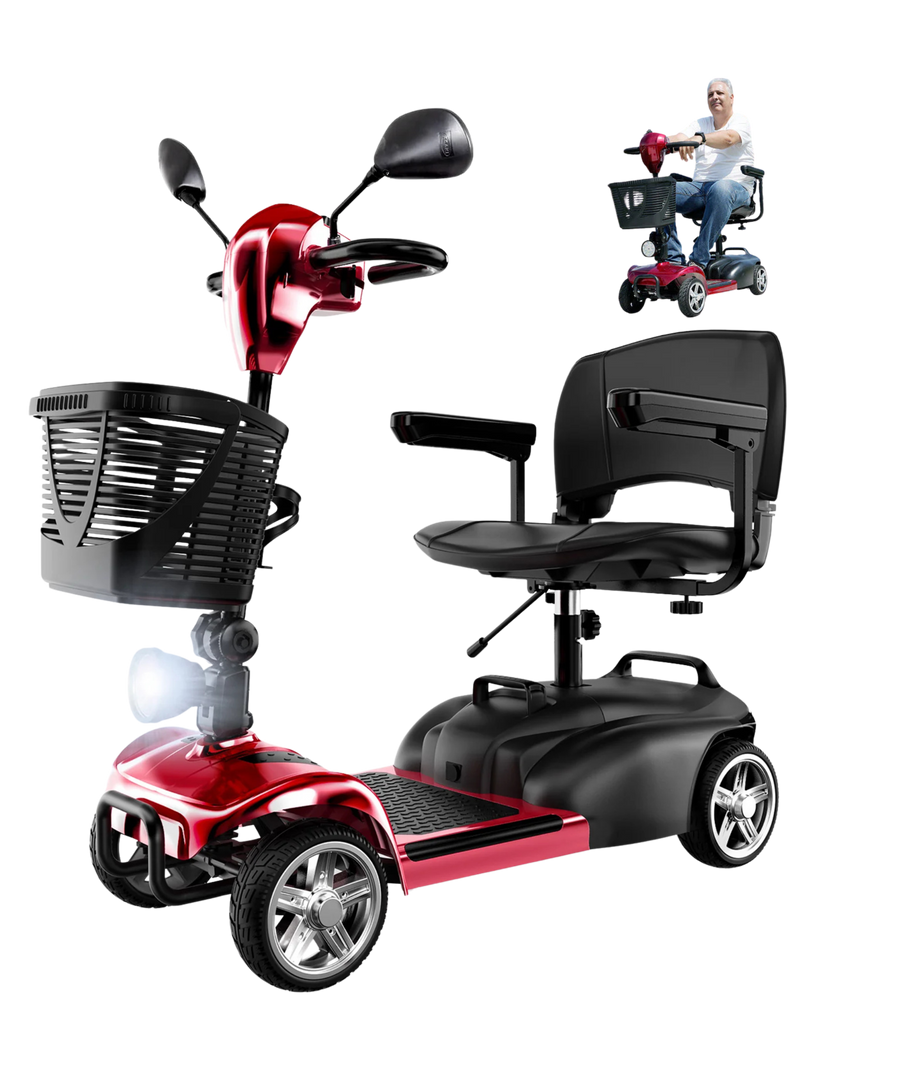

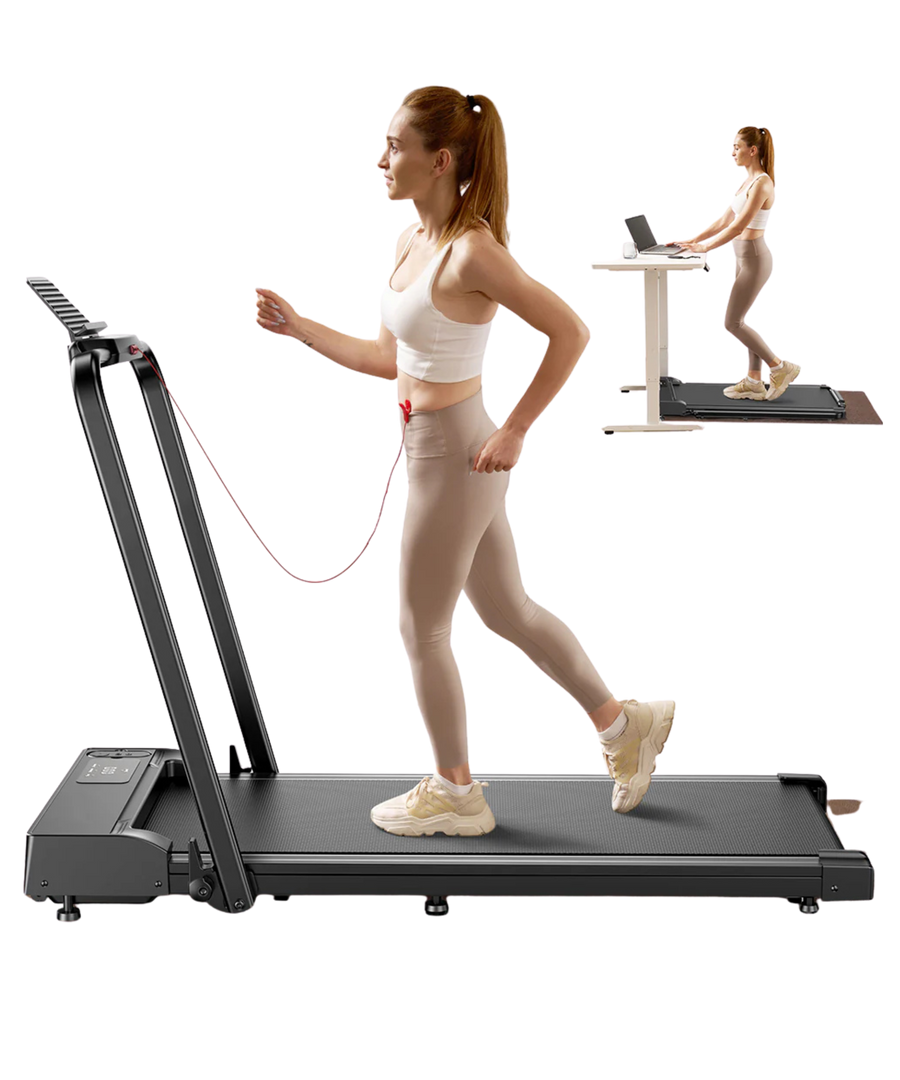





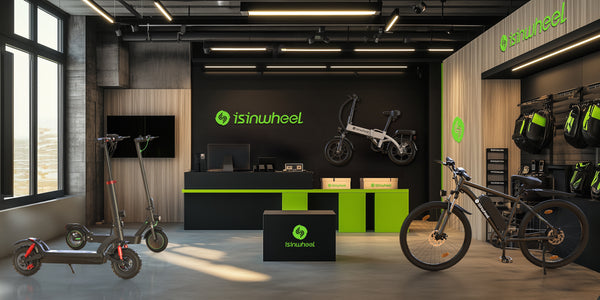
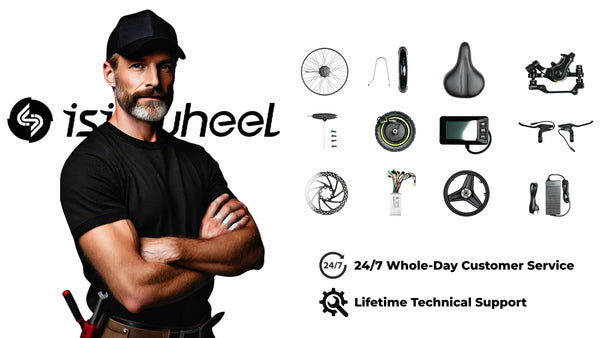













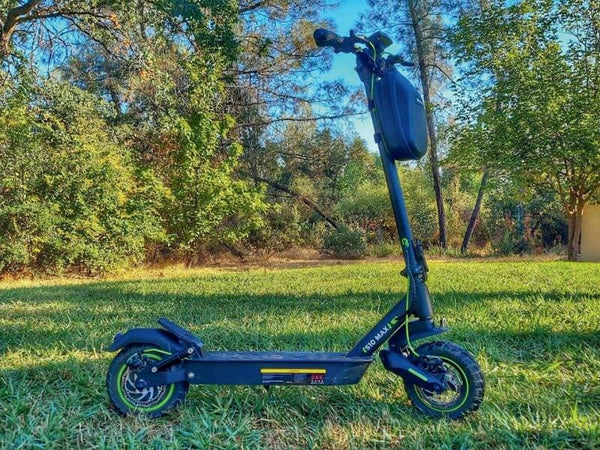
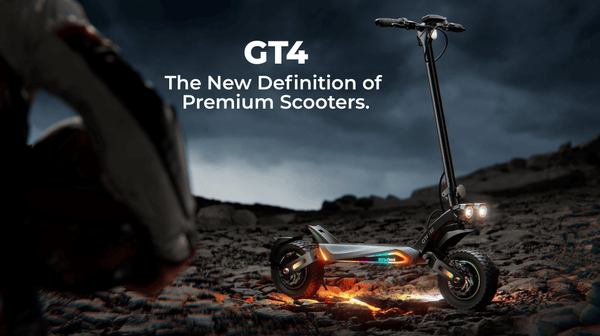
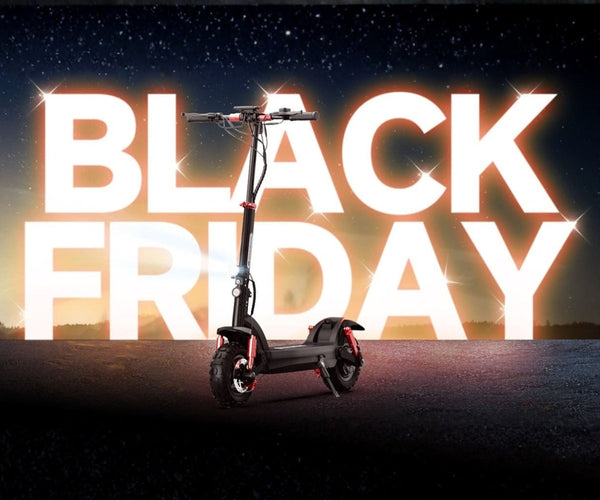
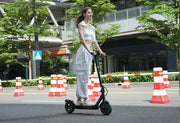

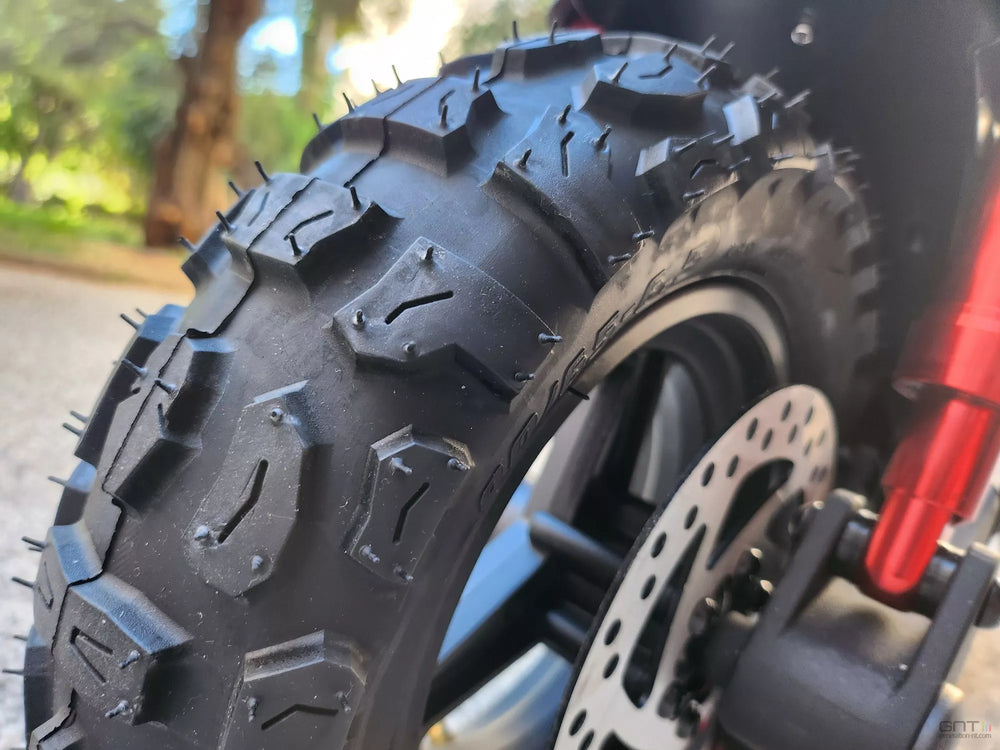
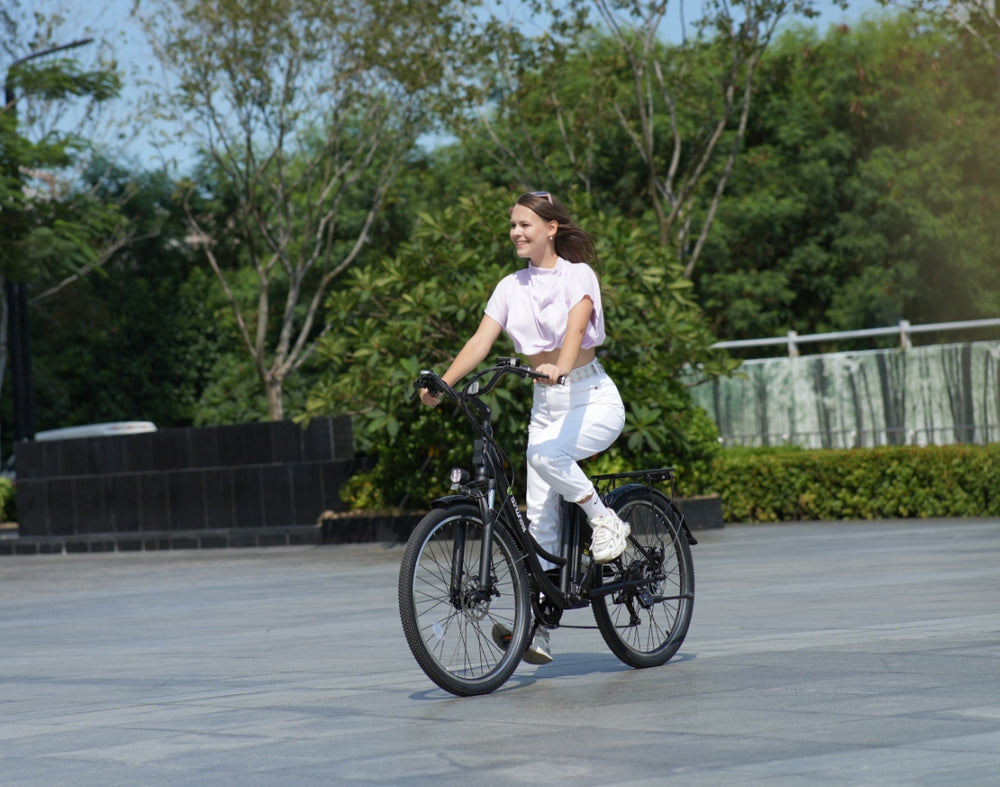
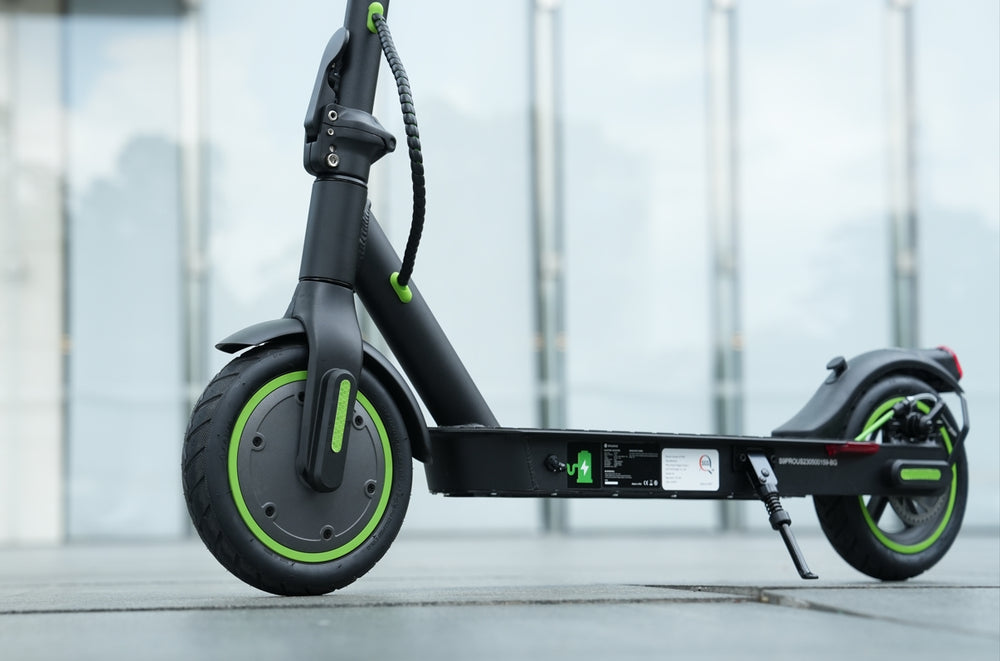
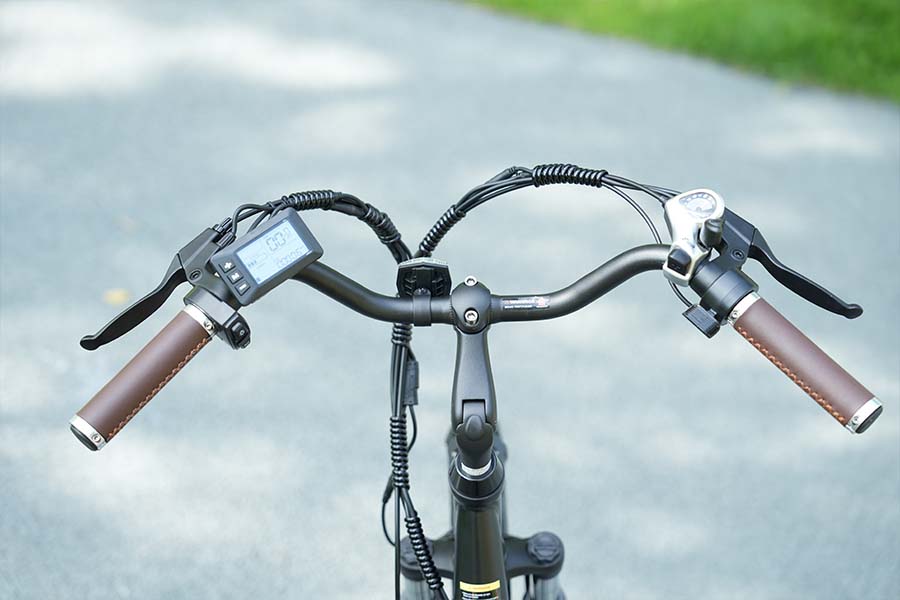

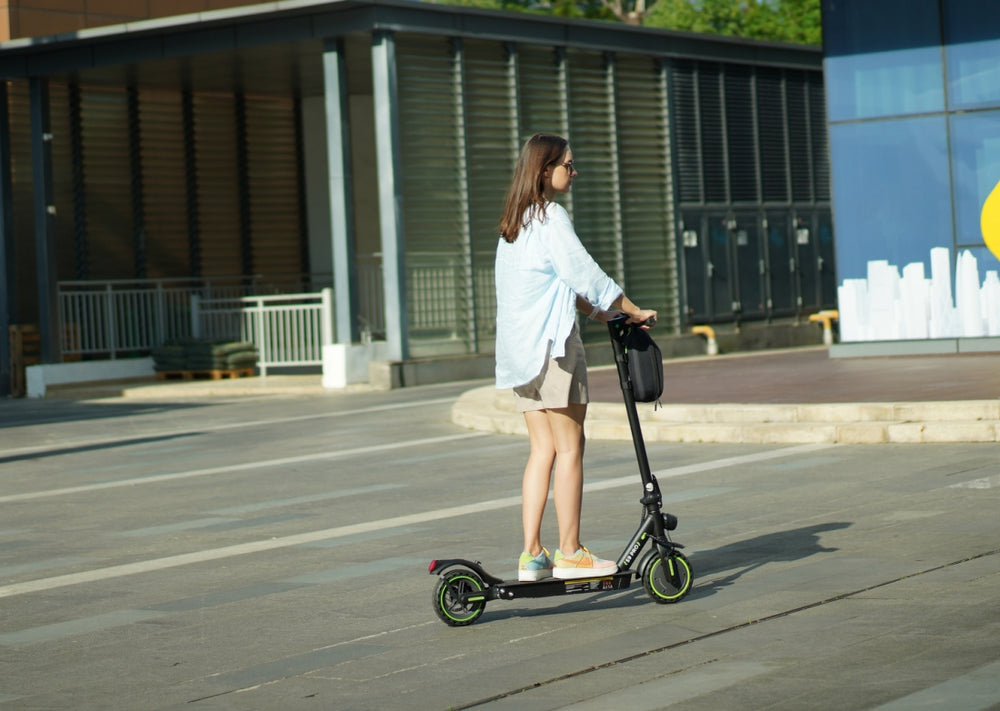


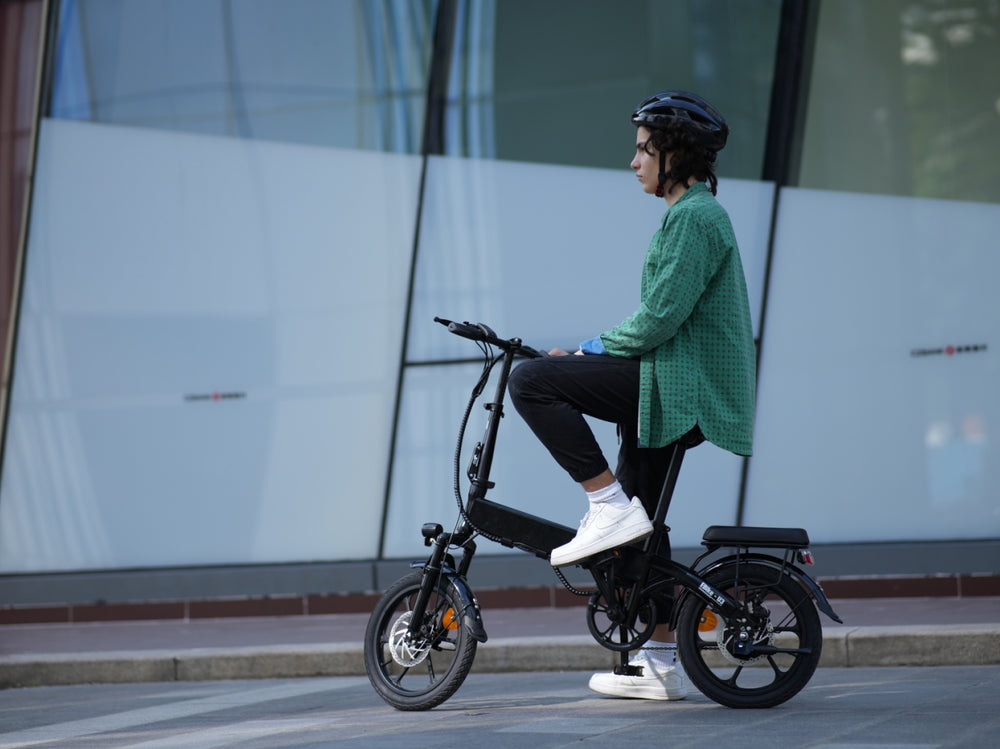
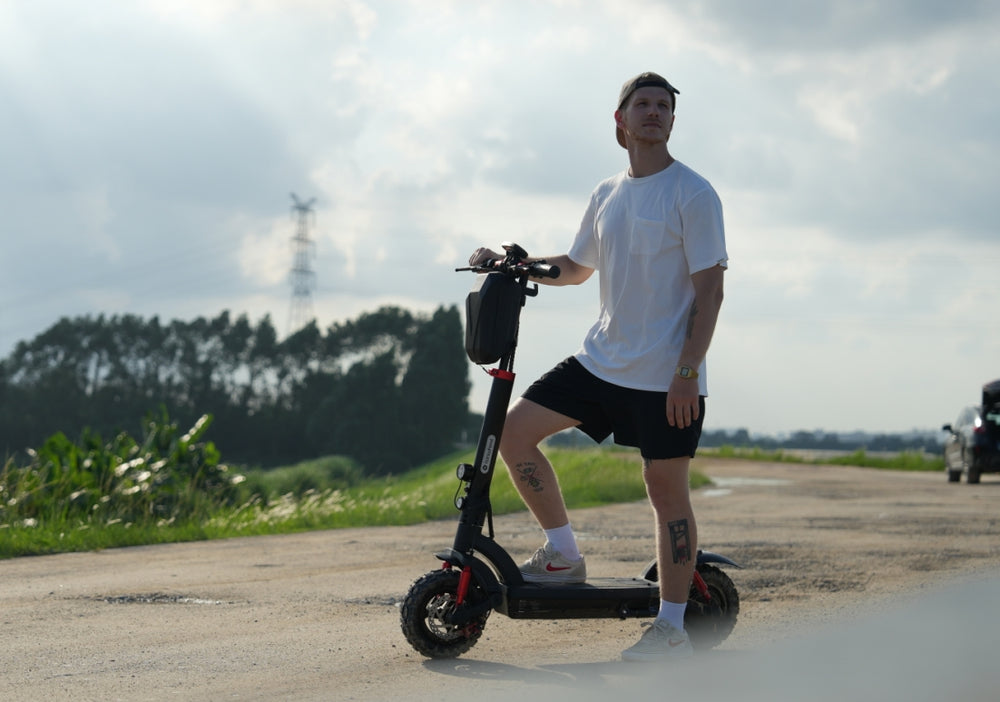
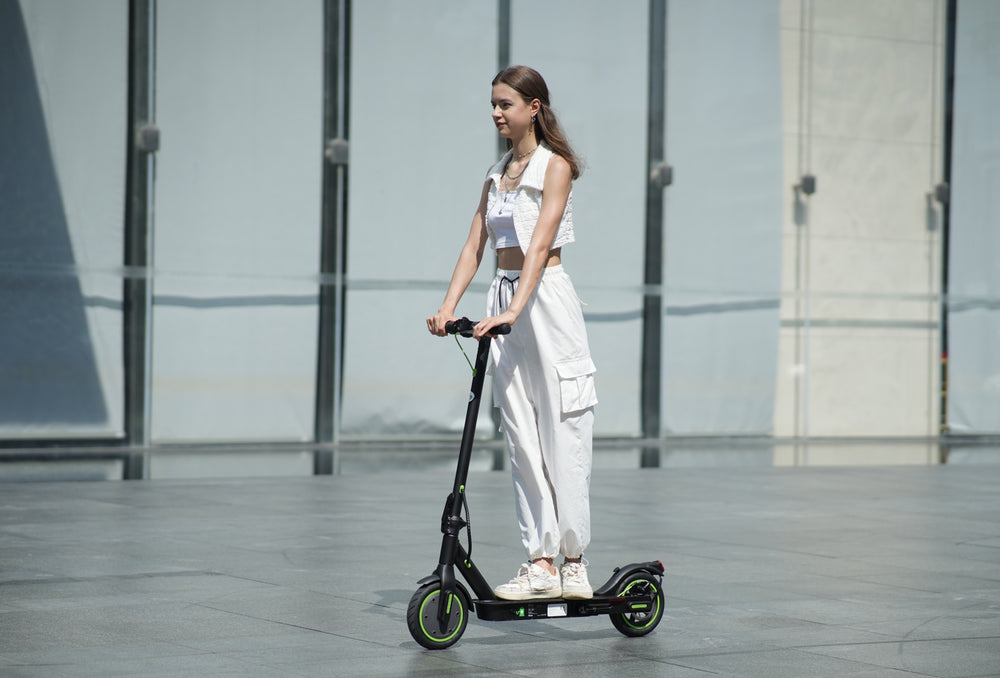

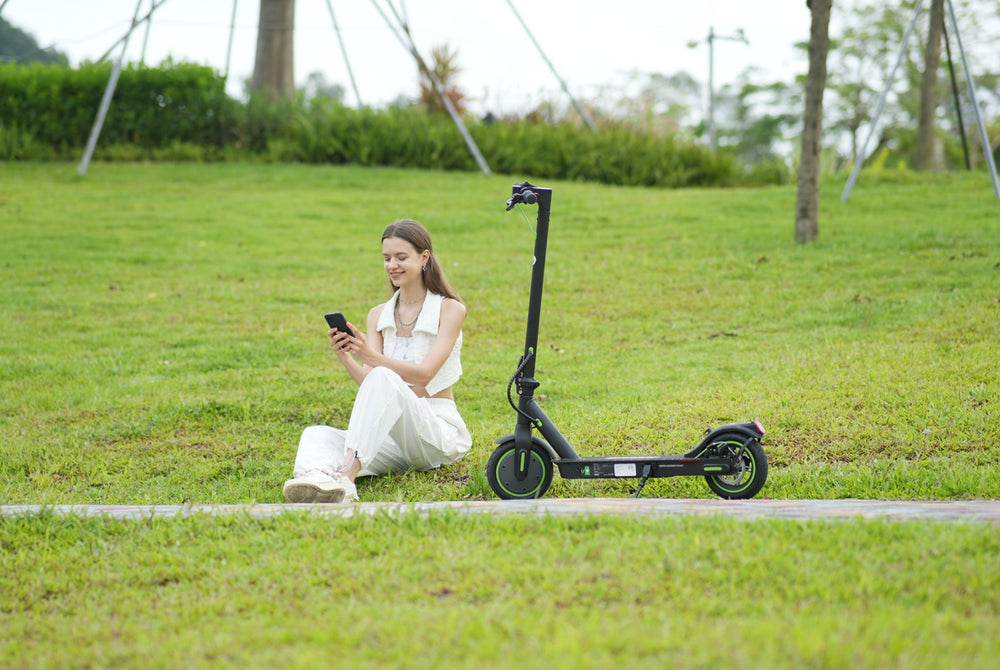

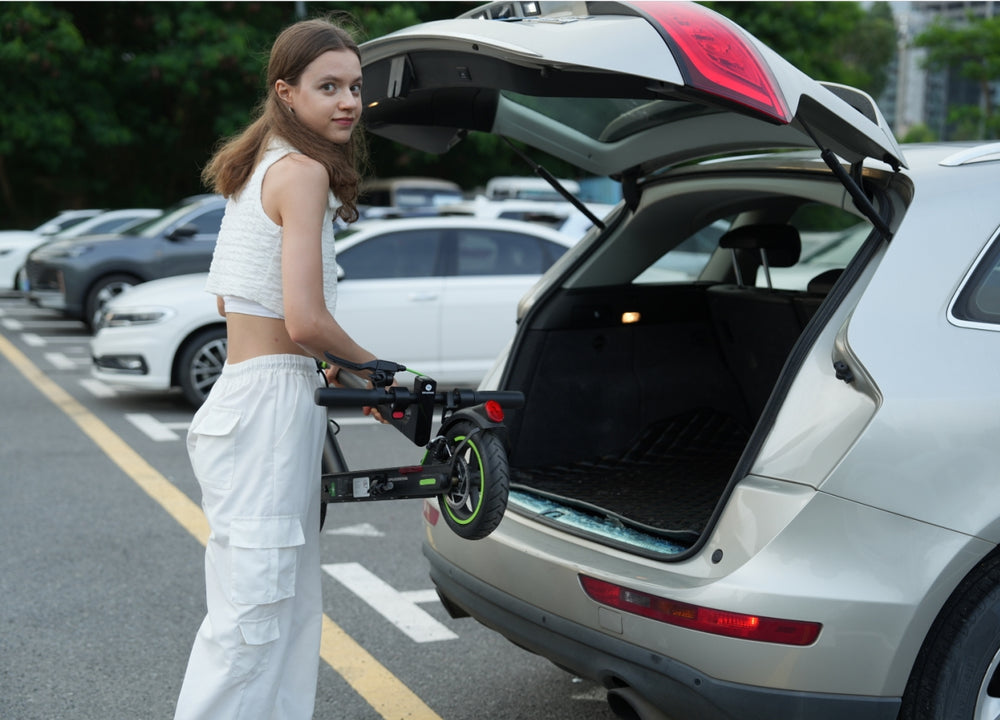

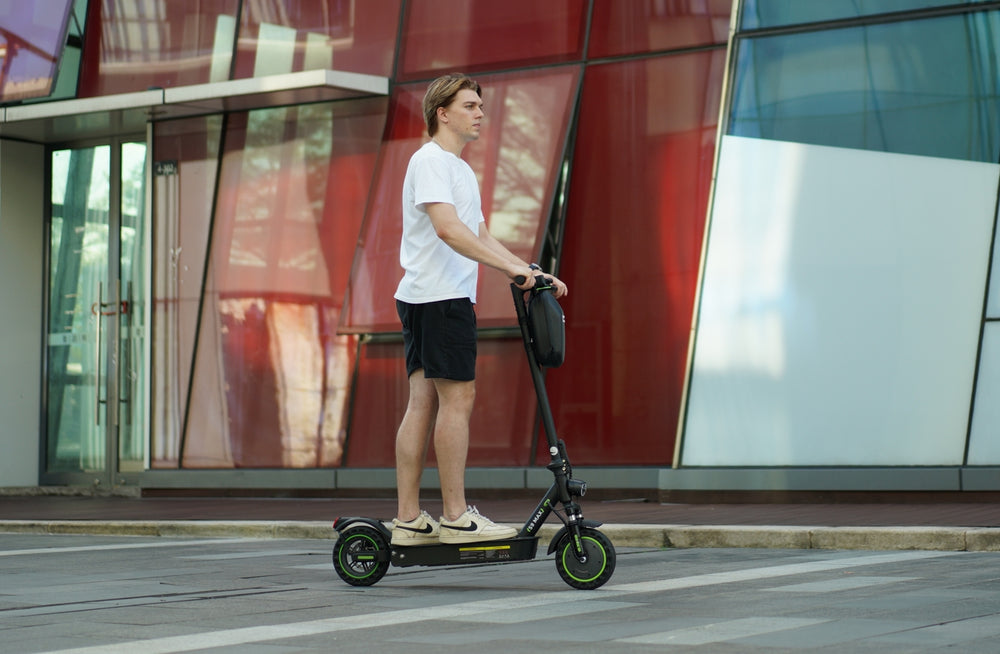
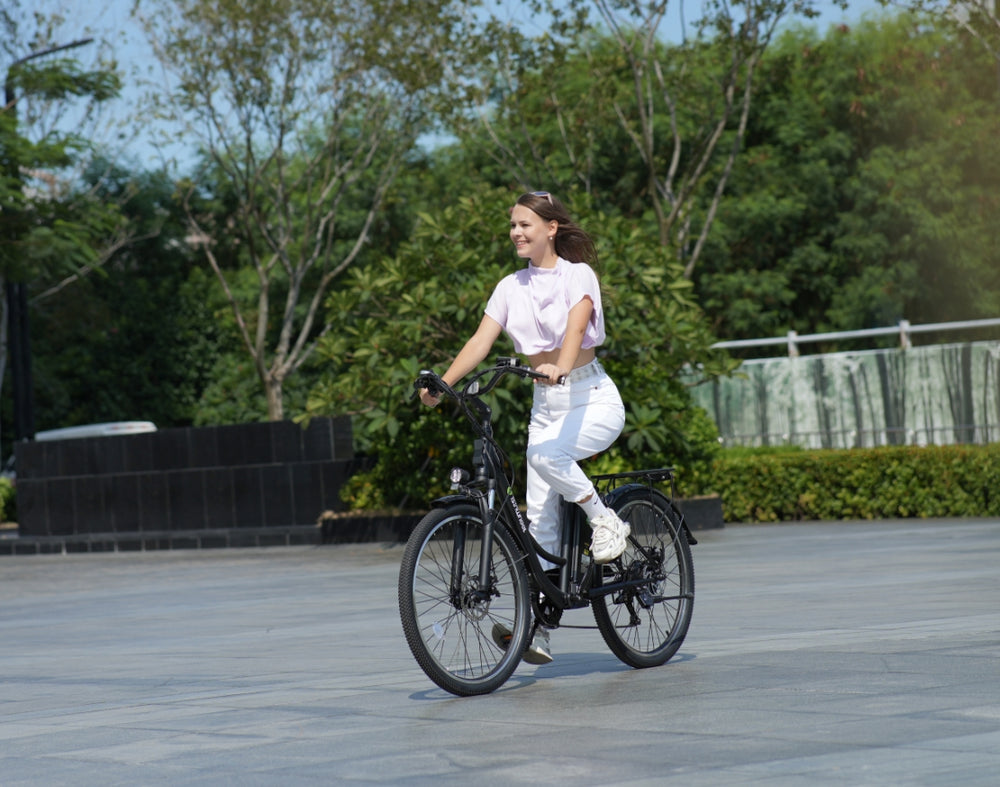
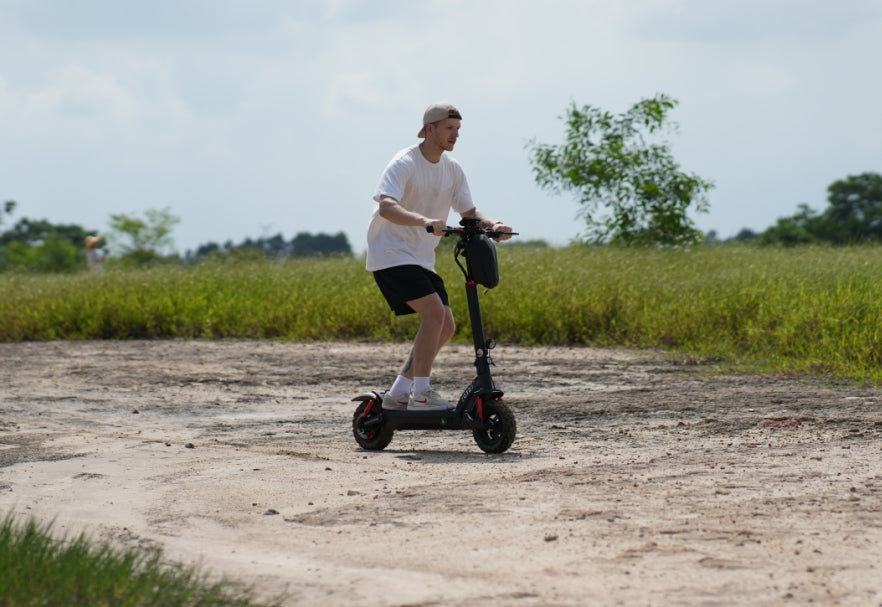
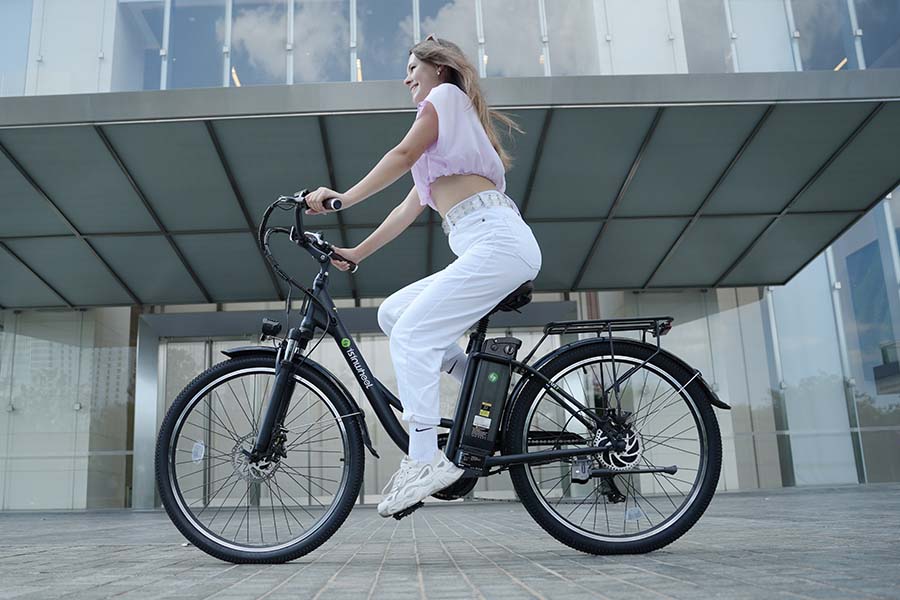


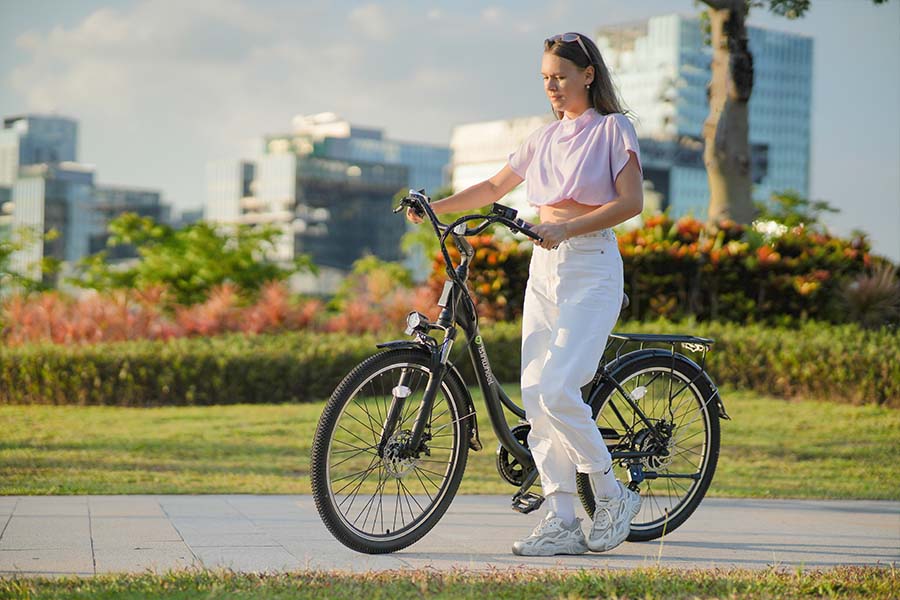
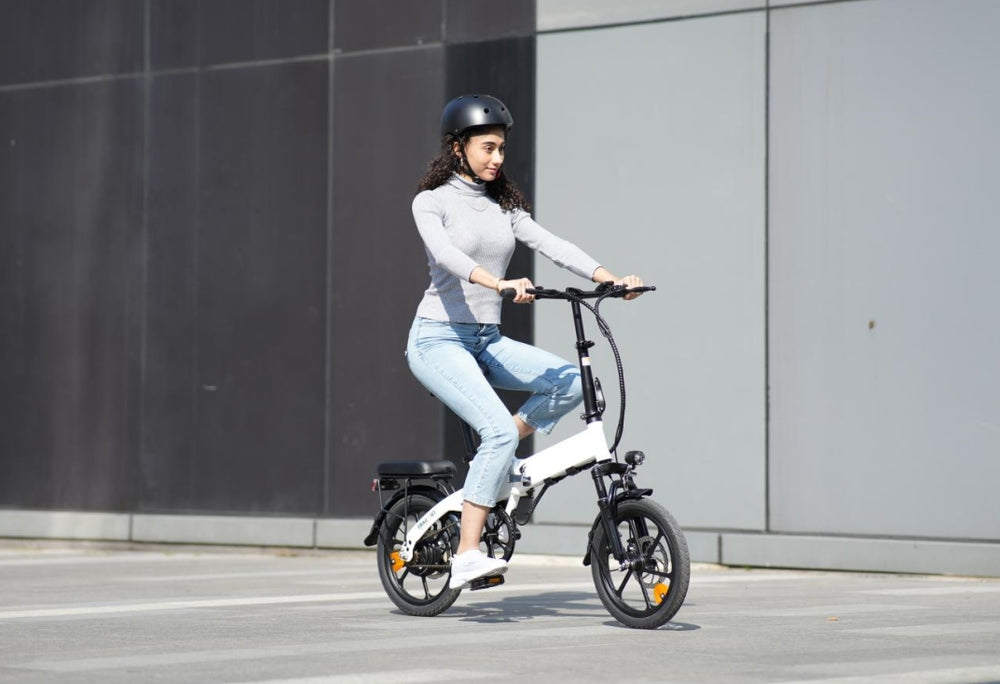

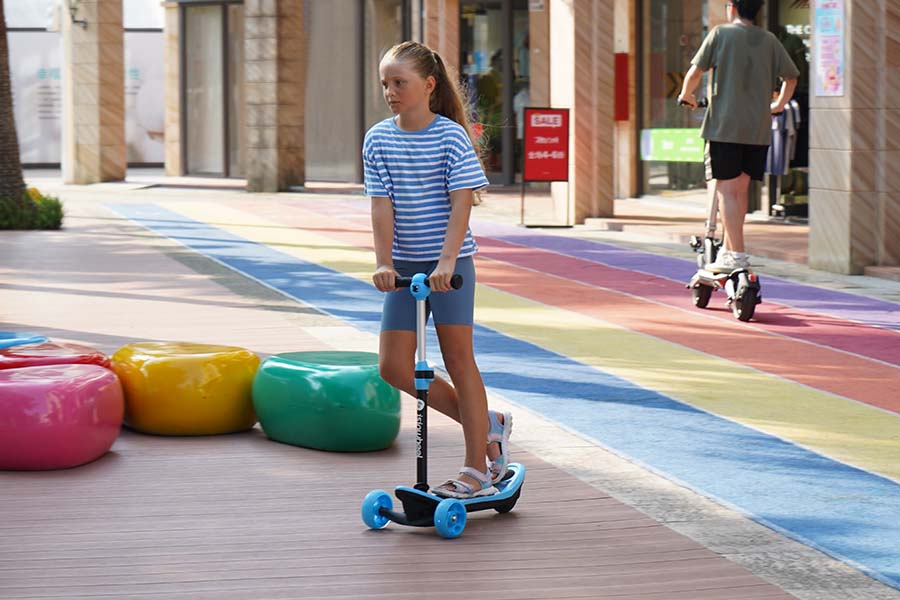

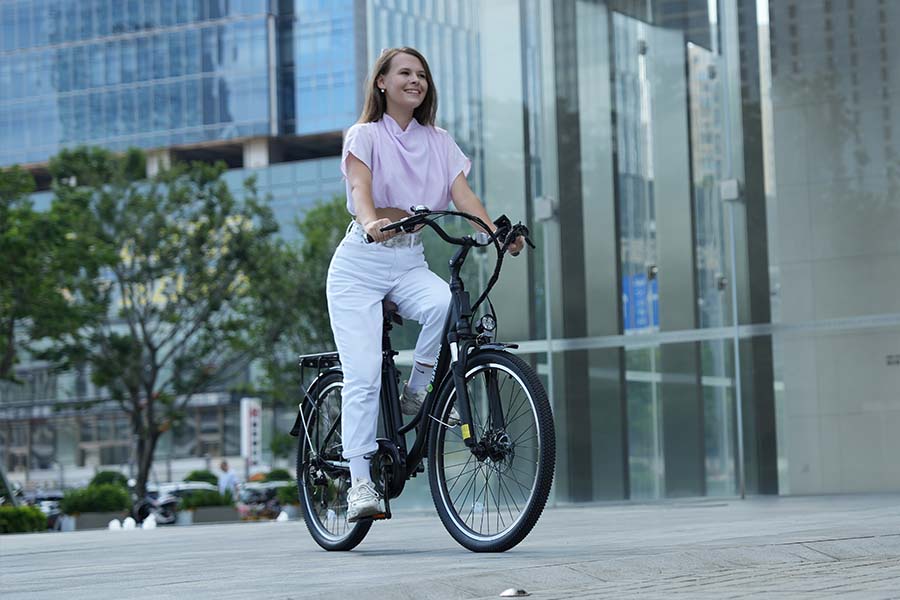



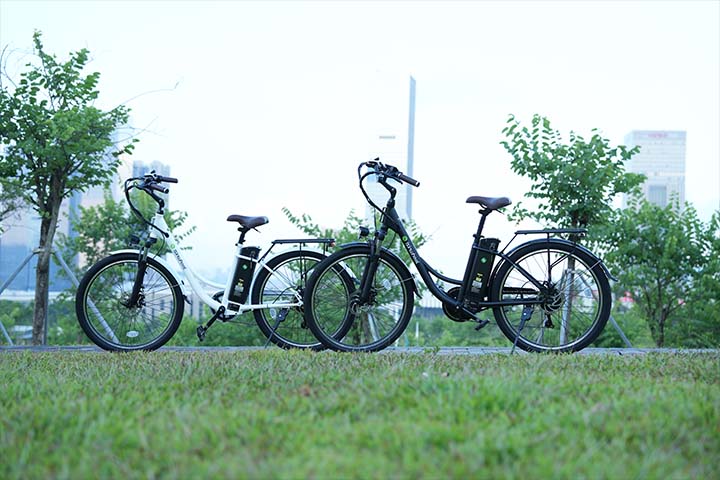

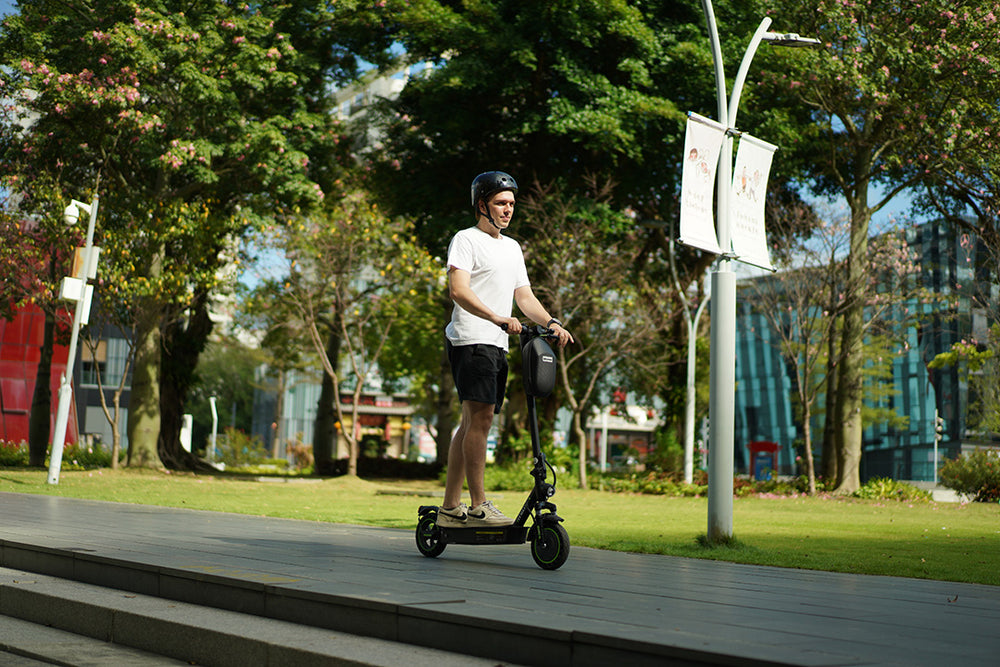
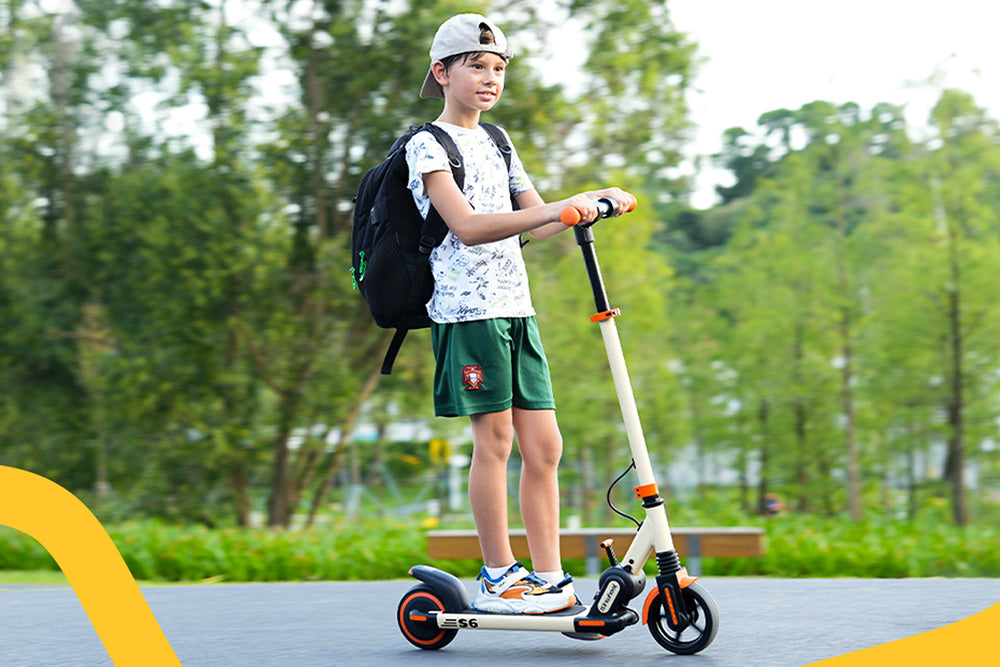
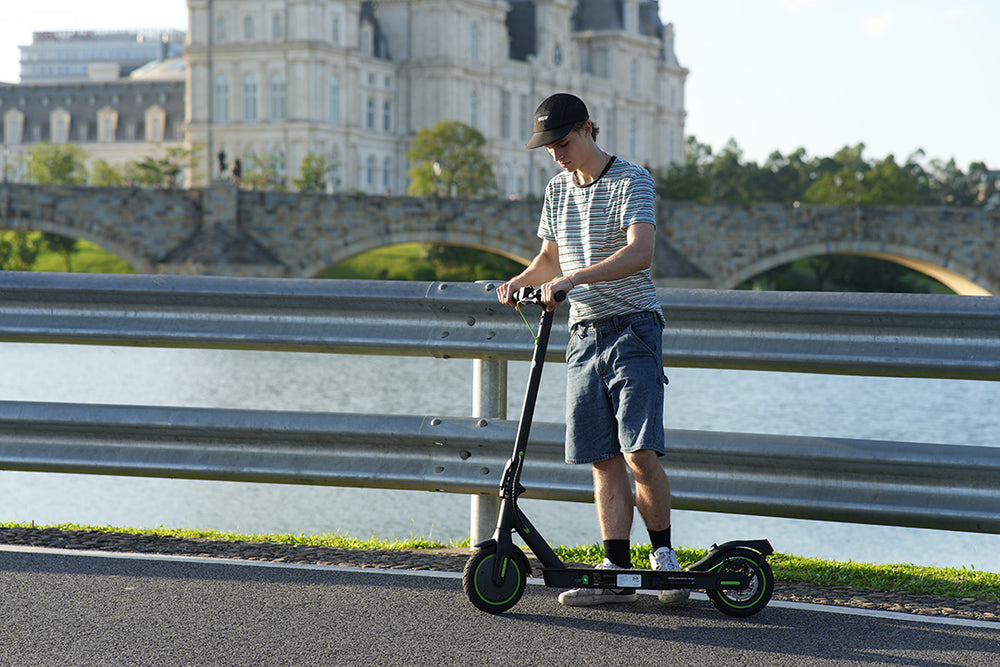
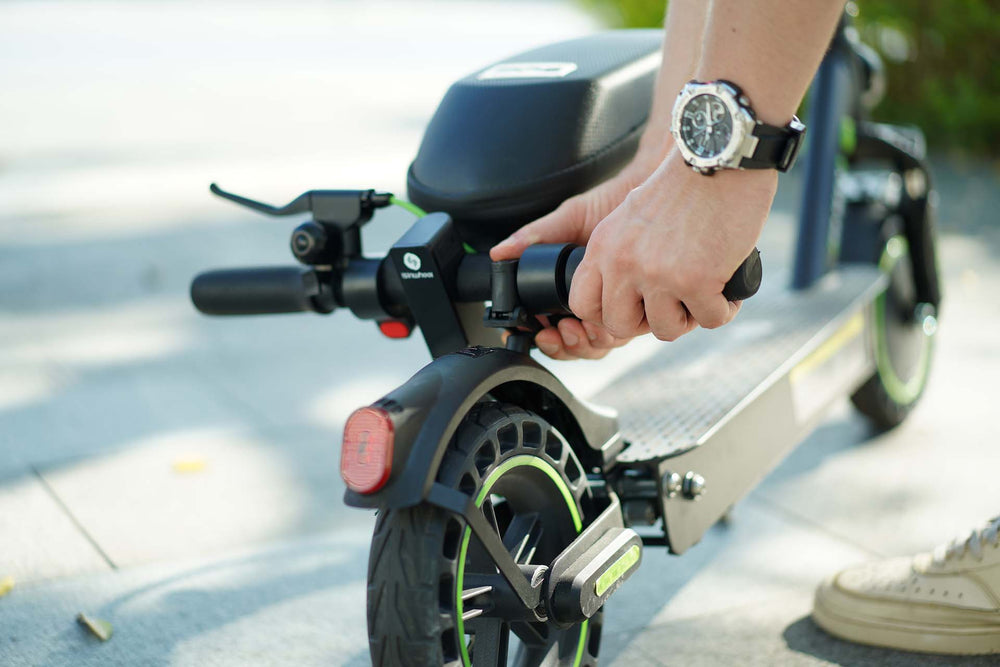





Leave a comment